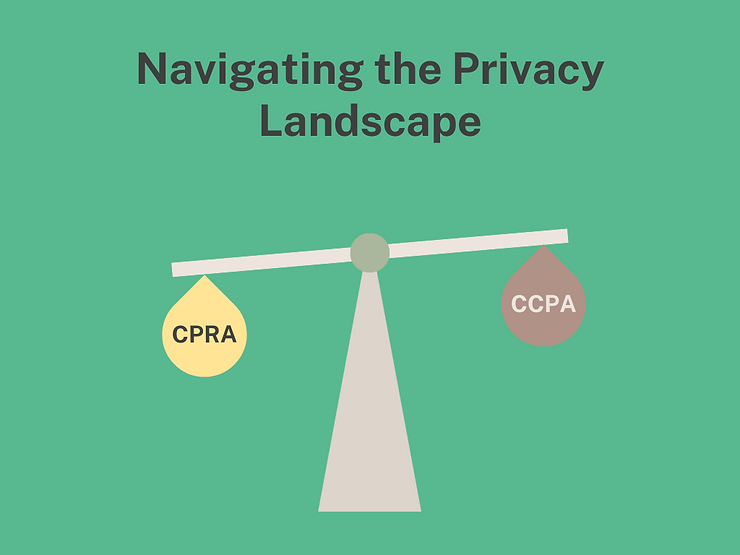Introduction
The journey to achieving ISO 27001 certification is rigorous, with the ISO 27001 Gap Analysis being a pivotal step.
This comprehensive guide aims to demystify the gap assessment process, offering a step-by-step approach to align your organization with these esteemed standards.
ISO 27001 Gap Analysis Requirements
Understanding ISO 27001 is the first step in your gap analysis journey.
This international standard outlines requirements for an information security management system (ISMS) and provides a systematic approach to managing sensitive company information.
The gap analysis process involves a thorough evaluation of your current security measures against the ISO 27001 criteria.
This comparison helps identify areas of non-compliance and areas for improvement.
Key requirements include a comprehensive understanding of the ISO 27001 standards, an accurate assessment of your current security posture, and a keen eye for identifying discrepancies.
Preparing for the Gap Assessment
Preparation is crucial for a successful gap analysis.
Start by assembling a team of experts, each bringing a unique perspective on various aspects of information security. This team should include IT professionals, management staff, and any other relevant stakeholders.
Next, conduct a thorough review of all existing security policies, procedures, and controls. This review lays the groundwork for understanding how your current practices measure up against ISO 27001 standards.
Additionally, ensure your team is well-trained on the nuances of ISO 27001 and understands the importance and methodology of gap analysis.
ISO 27001 Gap Assessment Checklist
A well-structured checklist is the backbone of any gap assessment.
Items on this checklist should cover all aspects of ISO 27001, including risk management, asset management, access control, human resources security, physical and environmental security, communications security, and compliance with legal and contractual requirements.
Each item should be evaluated against the standard, noting where your organization currently stands.
Scoring Key
- 0 = Not implemented
- 1 = Partially implemented / Planning phase
- 2 = Implemented but not consistently or fully effective
- 3 = Fully implemented and effective
General Requirements
- [ ] Score: ___ / 3
- How effectively is the ISMS established, implemented, maintained, and continually improved?
Context of the Organization
- [ ] Score: ___ / 3
- Does the organization clearly understand its context and the requirements of its ISMS?
Leadership
- [ ] Score: ___ / 3
- How committed are the leaders in establishing, integrating, and supporting the ISMS?
Planning
- [ ] Score: ___ / 3
- Are risks and opportunities identified and treated effectively in the ISMS?
Support
- [ ] Score: ___ / 3
- Are adequate resources, awareness, and communication provided to support the ISMS?
Operation
- [ ] Score: ___ / 3
- Is the operation of the ISMS effectively planned, implemented, and controlled?
Performance Evaluation
- [ ] Score: ___ / 3
- How effectively is the ISMS monitored, measured, audited, and reviewed?
Improvement
- [ ] Score: ___ / 3
- Is there a systematic approach to managing and improving the ISMS?
Annex A – Updated Control Objectives and Controls (2022 Revision)
The 2022 revision of ISO 27001 restructured the controls into four themes, as follows:
A.5 Organizational Controls
- [ ] Score: ___ / 3
- Are organizational controls for information security, such as policies, roles, and responsibilities, appropriately defined and managed?
A.6 People Controls
- [ ] Score: ___ / 3
- How effectively are security aspects managed related to employees and contractors throughout their lifecycle with the organization?
A.7 Physical Controls
- [ ] Score: ___ / 3
- Are physical security measures adequate to protect information and information processing facilities?
A.8 Technological Controls
- [ ] Score: ___ / 3
- Are technological controls, including network and system security, cryptography, and operations security, effectively implemented?
Additional Controls (if applicable)
- [ ] Score: ___ / 3
- Are there any additional, specific controls relevant to the organization’s context (e.g., sector-specific, privacy-related)?
Total Score: ___ / 33
Maturity Level Interpretation
- 0-11: Low Maturity (Immediate action required)
- 12-22: Medium Maturity (Improvement needed)
- 23-33: High Maturity (Well-aligned with ISO 27001:2022)
Conducting the Gap Assessment:
The actual assessment process involves several key activities.
Begin by collecting detailed information on your current security processes.
This can involve reviewing documentation, conducting interviews with staff, and analyzing system configurations.
Remember, the goal is to gather as much relevant information as possible.
Follow this with a thorough evaluation of this information against your checklist. It’s vital to approach this with an objective mindset and to meticulously document all findings.
Effective communication throughout the process ensures that all stakeholders are informed and engaged.
Example of Gap Assessment Results
The results from a gap analysis can vary significantly but typically highlight areas where your security practices do not meet the standards set by ISO 27001.
For example, you might find that your risk management processes are not as robust as required, or that your incident response plan lacks certain key elements.
These findings are instrumental in plotting your path towards full compliance.
Analyzing the Results
Once you have identified the gaps, the next step is a detailed analysis.
This involves examining each gap, understanding its implications, and determining how it affects your overall security posture.
A critical aspect of this analysis is prioritizing the gaps. Some gaps might pose significant risks and therefore need immediate attention, while others might be less critical and can be addressed over time.
The Gap Assessment Report
Compiling your findings into a comprehensive gap assessment report is the final step. This report should be structured to provide a clear, concise overview of your assessment process and findings.
Key components include an executive summary, a detailed description of the methodology used, an in-depth analysis of the findings, and a set of practical recommendations for addressing each identified gap.
The report should conclude with an actionable plan that outlines the steps necessary to achieve full compliance with ISO 27001.
Conclusion
The ISO 27001 Gap Analysis is more than just a compliance exercise; it’s a strategic process that enhances your organization’s information security framework.
By meticulously following the steps outlined in this guide, your organization can not only identify areas for improvement but also develop a clear, actionable path towards achieving ISO 27001 certification.
Embrace this process as an opportunity for growth and enhancement in your information security practices.





